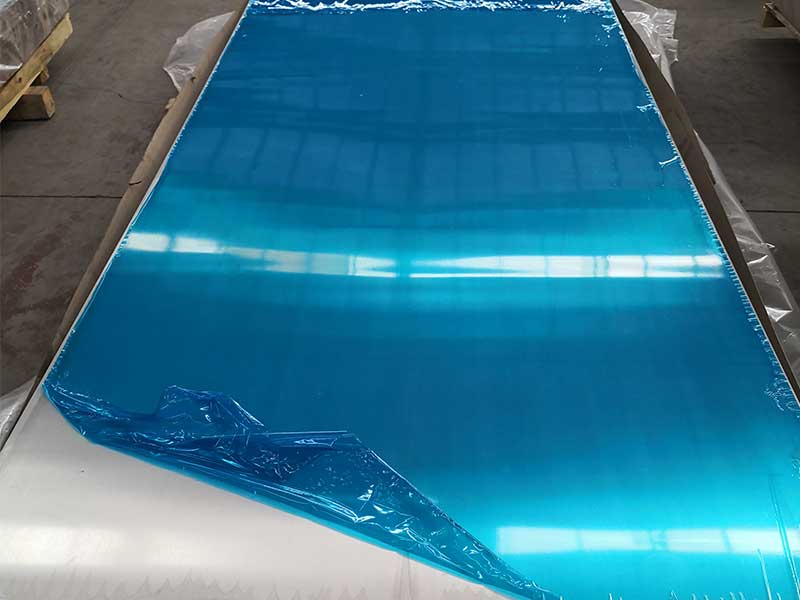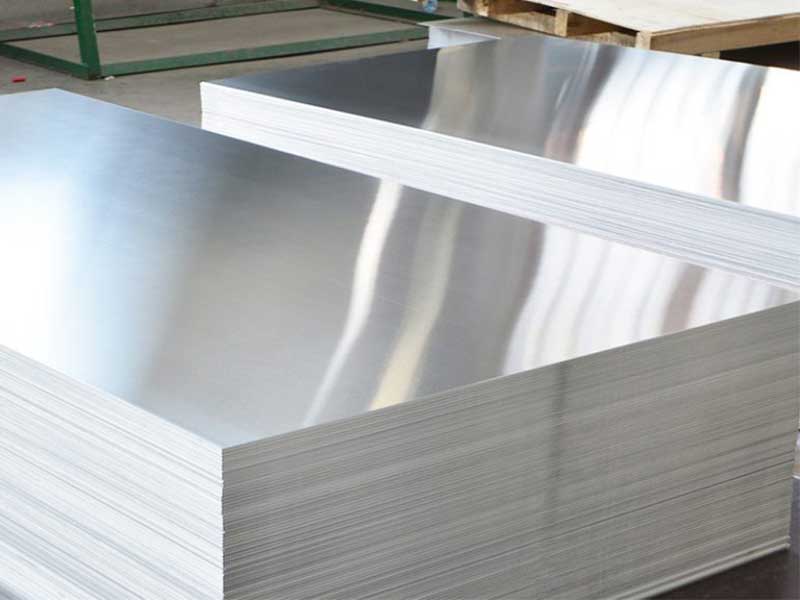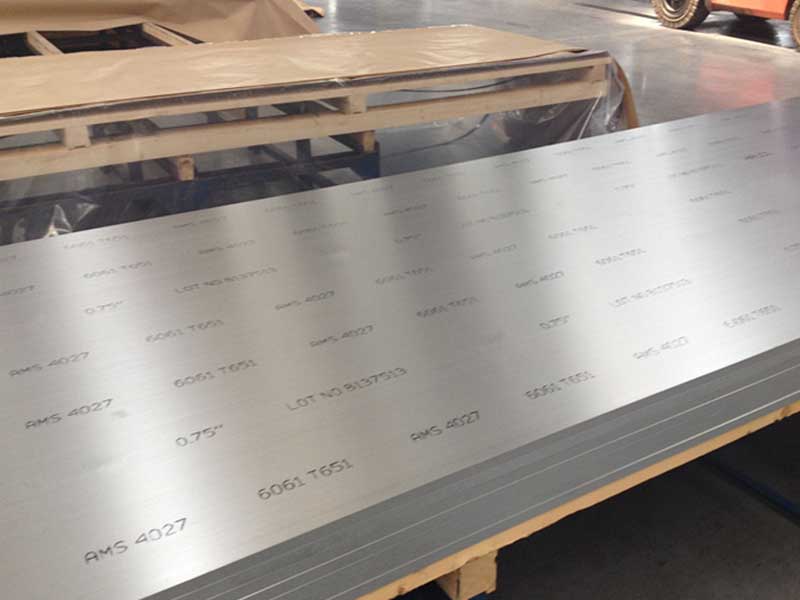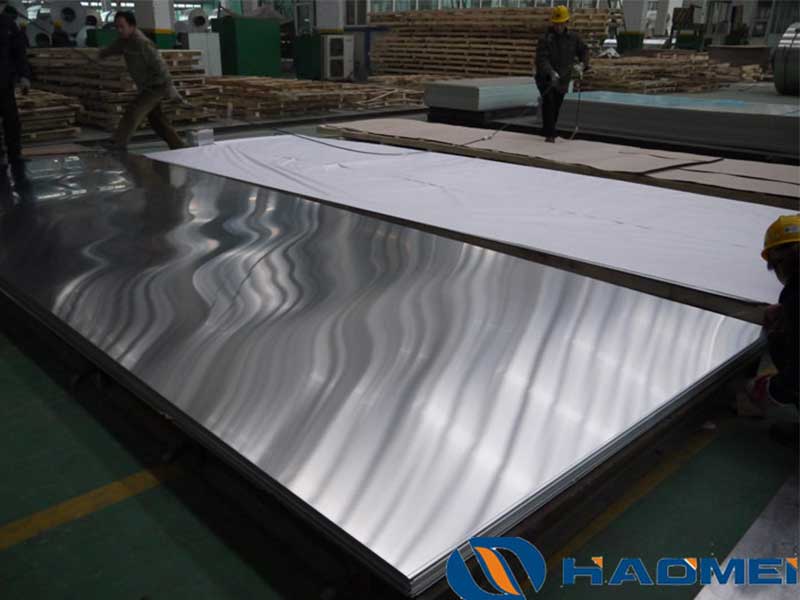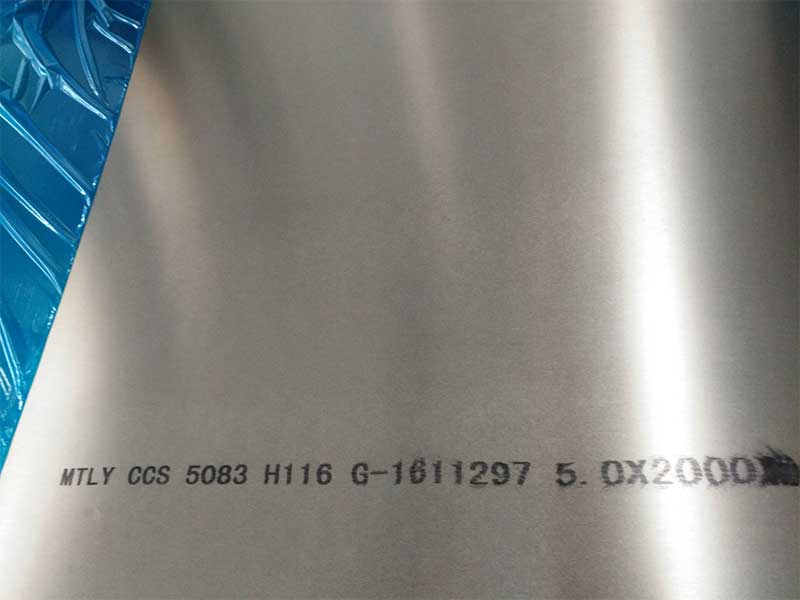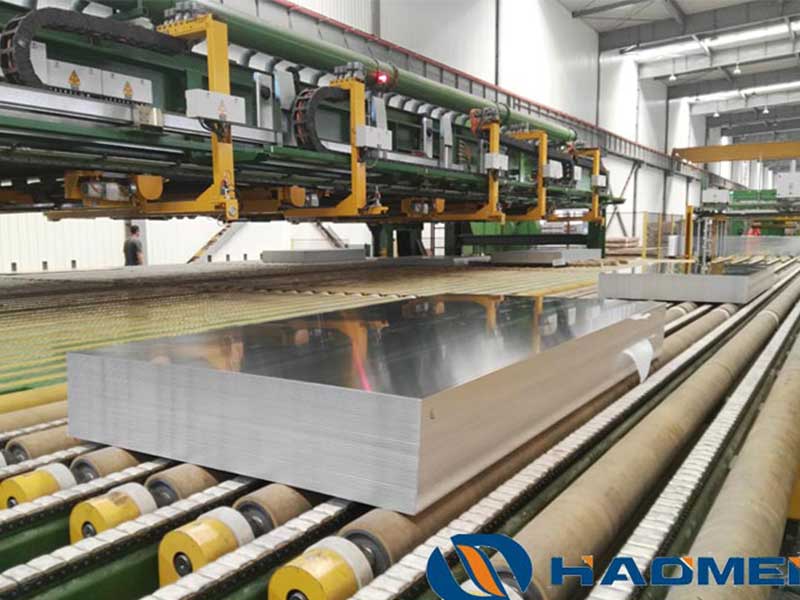When it comes to aluminum products, the material itself offers remarkable properties: lightweight, corrosion resistance, and excellent formability. However, to unlock advanced performance, especially for demanding industrial and architectural applications, anodized aluminum serves as a transformative solution. While anodizing is often perceived merely as an aesthetic enhancement, it plays an essential functional role—enhancing durability, electrical insulation, and chemical resistance. Here, we explore the intricate details behind anodized aluminum, its technical foundations, implementation standards, and applications supported by well-defined parameters and proper alloy selections.
What is Anodized Aluminum?
Anodizing is an electrochemical process that thickens the natural oxide layer on the surface of aluminum sheets or extrusions. A controlled electrolytic reaction converts the atomic structure of the aluminum oxide into a thicker, more uniform and porous barrier compared to the natural oxide formed in air. This artificial oxide layer can infuse not only corrosion resistance but also improve abrasion hardness, electrical insulating properties, and accept a variety of dye colors.
to this process is aluminum's affinity for oxygen forming a native Al_2O_3 (aluminum oxide) layer. The anodizing method enhances this layer, transforming a few nanometers thick imperfect film into a fully-integrated barrier—as thick as 5 to 25 micrometers depending on parameters.
Technical Details & Parameters
Process Overview:
- A part usually made of aluminum alloys is immersed in an acid electrolyte bath (commonly sulfuric acid, though chromic and oxalic acids varieties exist).
- An electrical current is applied, acting as anode in the circuit, accelerating the oxidation reaction.
- The time, current density, bath composition and temperature precisely regulate the oxide layer structure and thickness.
| Parameter | Typical Range | Description |
|---|---|---|
| Electrolyte type | Sulfuric acid (15-20% wt.) | Acid solution facilitating oxidation |
| Bath temperature | 18-22 °C | Controls film porosity and hardness |
| Voltage/current density | 12-20 V / 1.5–3 A/dm² | Determines oxide growth speed |
| Processing time | 20-60 minutes | Duration of oxide layer formation |
| Film thickness | 5 - 25 microns | Final oxide layer thickness |
| Post-treatment | Sealing with hot water or steam | Converts porous alumina into dense barrier |
Alloy Selection and Tempering
Not every aluminum alloy anodizes equally. The success depends significantly on the chemical composition, especially the silicon, copper, and magnesium content.
| Alloy Series | Common Use in Anodizing | Remarks |
|---|---|---|
| 5xxx Series | Corrosion resisting alloys (Mg-based) | Highly suitable; achieves uniform film |
| 6xxx Series | Most widely anodized series (Mg + Si) | Excellent cosmetic and protective finish |
| 2xxx Series | High strength aluminum alloys | Less corrosion resistant; prone to discoloration |
| 1xxx Series | Pure aluminum (99% or better) | Used for specific decorative applications |
As for temper designation, annealed states such as O (annealed) or H14 (strain-hardened) offer better anodizing interactions compared to heavily cold-worked states because surface morphology influences electrolyte-Ion interaction and oxide growth uniformity.
Chemical Properties of Anodized Aluminum Surface
Once anodized, the aluminum surface converts to anodic alumina (Al_2O_3) with distinct chemical and physical characteristics:
| Property | Anodized Aluminum | Natural Aluminum |
|---|---|---|
| Thickness | 5 - 25 µm (control variable) | 2-5 nm (natural oxide layer) |
| Surface hardness | 200-700 HV (higher than base metal) | 15-18 HV |
| Porosity (% open porosity) | 10-20% pores, enabling dye uptake | Negligible |
| Corrosion resistance | Highly improved due to thick coated oxide | Moderate oxidation prone |
| Electric resistance | >1,000 megaohms/cm (variable on thickness) | Conductive aluminum metal |
| Chemical stability | Resistant to alkalis, mild acids | Can corrode under aggressive environments |
Standards and Implementation Guidelines
Industry compliance when anodizing aluminum sheets is essential for multi-industry use:
- MIL-A-8625 (U.S. Military) defines three oxidation types: Type I (chromic acid), Type II (sulfuric acid), Type III (hard coat anodize).
- ISO 7599 specifying sulfuric acid anodizing.
- ASTM B580 for tubular aluminum anodizing, guiding industry standards for processing and testing.
- Thickness limits, physical properties tests (adhesion, corrosion), and sealing processes are universally based on these these specifications, ensuring quality control.
A typical anodized aluminum sheet offers from a decorative powder-coat base to controlled-wear increased spindle disks for machinery turning using 'hard anodize' properties (Type III hard coating approaching 1 mil+ thickness).
Applications Highlight
The comprehensive benefits of anodized aluminum translate into manifold uses:
- Architectural Panels & Facades: UV stable, corrosion resistant and able to include natural metallic or colored decorative finishes.
- Electronics & Electrical Insulators: Used as substrates with strong electrical resistance and corrosion barriers, for LCDs or casings.
- Automotive and aerospace parts: Functional coatings for wear resistance and environmental durability.
- Cookware and Food Industry: Non-toxic coating providing abrasion resistance and easy cleaning surfaces.
- Signage and Consumer Goods: Anodized layers accepting dyes provide long-lasting visual aesthetics.


